Navigating Artificial Intelligence at ATSU

Photo by Tianyi Ma on Unsplash
Artificial intelligence (AI) is rapidly transforming the education landscape. AI tools are being used to personalize learning, automate tasks, and provide insights that can help educators improve their practice. Here are some key areas to consider as you experiment with and use AI.
- Information Security Guidelines and Ethical Use of Artificial Intelligence
- AI Tools Available at ATSU
- Sample Uses for AI Tools
Information Security Guidelines and Ethical Use of Artificial Intelligence
Information security is almost always a trade-off between convenience/ease of use and risk. As we think about ALL of the promise of new AI tools like ChatGPT, Bing, and many others on the way, here is a good article that reminds us there are possible information security risks and we have a responsibility to monitor vendors and make sure employees understand how enterprise data is being used.
- Protect Confidential Data: You should not enter ATSU data that is not public (including non-public research data) into publicly-available generative AI tools. Information shared with generative AI tools using default settings is not private and could expose proprietary or sensitive information to unauthorized parties. (Reference Policy 55-115: Protecting Confidential Information)
- Always Validate Output: Data from AI tools can be incorrect, incomplete, or biased. Human review is still necessary and ultimately you are responsible for content you produce or distribute that includes AI generated material.
- Adhere to Current Policies: While we expect that new language will be developed and policies will be updated as we better understand the implications of using AI tools, be aware of existing policies and guidelines that cover ethical and professional expectations and may exist in your area, school or program.
- Be Alert for Scams: Because of the high levels of media buzz around tools like ChatGPT, cybercriminals and scammers are taking advantage of the hype and promoting unsafe malware that may look very similar to legitimate tools. Generative AI has also made it easier for malicious actors to create sophisticated scams at a far greater scale so be alert for AI-enabled phishing and continue to follow security best practices. (Reference Article)
- Connect with ITS when Selecting AI Tools, Applications and Services: The University is working to ensure that tools procured for the institution have the appropriate privacy and security protections and that vendors have been vetted as to their responsible use of AI. If you are considering procuring generative AI tools or have questions, contact the ITS Service Desk.
AI Tools Available at ATSU
ATSU is exploring the use of Artificial Intelligence and investigating how AI infused technology might be applied to improving learning, facilitating research, and streamlining administrative tasks. Here are some of the tools that are (or soon will be) available to the ATSU community.
- Ivy.AI Virtual Agents (Chatbots): AI-powered chatbots that can be customized and used to automate customer service tasks, such as answering questions, providing support, and resolving issues. Ivy.AI chatbots can be trained on a variety of data sources, including customer interactions, product documentation, and FAQs. This allows them to provide accurate and relevant information to customers.
- Google Gemini: A large language model (LLM) chatbot developed by Google AI. It is similar to ChatGPT and is trained on a massive dataset of text and code, which allows it to generate text, translate languages, write different kinds of creative content, and answer your questions in an informative way.
- Anthology CRM: An enterprise CRM platform with AI-powered features that can help businesses automate tasks, improve customer engagement, and make better decisions. Anthology CRM uses AI to help craft messaging and marketing campaigns. Data in the CRM is used to create personalized customer profiles, identify potential leads, and predict customer behavior.
- NotebookLM: An AI-powered research assistant that lets you interact with trusted source content to get grounded insights. You can upload sources, such as your research notes, course study materials, interview transcripts, or corporate documents, and NotebookLM becomes an expert in the material that matters most to you. This service is available at https://notebooklm.google.com/
Sample Uses for AI Tools
Here are some sample uses for AI tools.
- Brainstorming: AI tools can be used to help you brainstorm ideas and generate new creative content. For example, you can use an AI-powered brainstorming tool to come up with new topics, create story outlines, or generate character ideas.
- Drafting: AI tools can be used to help you generate ideas and create a rough draft of your work. For example, you can use an AI-powered writing assistant to brainstorm topics, come up with keywords, and generate sentences and paragraphs.
- Editing: AI tools can be used to check your writing for spelling, grammar, and punctuation errors. They can also help you identify areas where your writing can be improved, such as clarity, conciseness, and style.
- Rewriting: AI tools can be used to rewrite your content in a different tone or style. For example, you can use an AI-powered rewriting tool to make your content more formal or informal, or to make it more concise or engaging.
- Explaining: AI tools can be used to explain concepts and provide a broader context on material. For example, you can use an AI-powered explainer tool to break down a complex topic into simpler terms, or to provide additional information and context on a particular subject.
- Troubleshooting: AI tools can be used to troubleshoot software and app specific tasks that you are unsure about. For example, you can use an AI-powered troubleshooting tool to identify the source of an error, or to find solutions to common problems.
- Summarizing: AI tools can be used to summarize long articles and documents into a shorter, more concise format. This can be helpful for quickly understanding the main points of a text, or for getting a quick overview of a large document.
